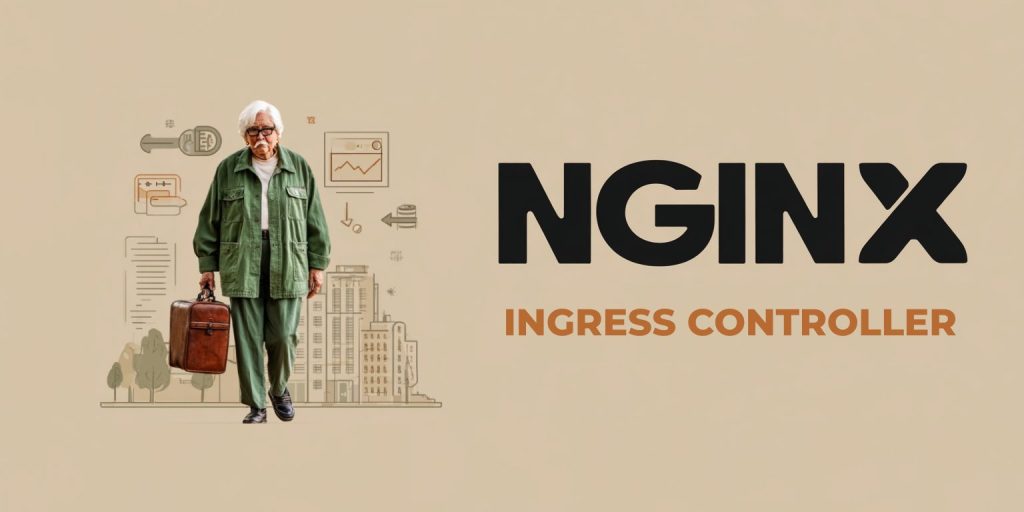Feeling sleepy and wishing for some strong coffee, you look to the front of the room. You see a group of people getting ready to present.
One of them begins by saying, “The goal of simple is not necessarily simple.“
It was another routine YAMMM (Yet Another Monday Morning Meeting) in the vast, windowless conference room. The usual chatter settled as Marcus Reynolds and Rachel Donovan stepped confidently to the front. Half-expecting another standard presentation, you notice something different today. There is an unusual energy, an intriguing sense of expectation.
“You just gave two or more different people tasked with providing an audit for your technology systems or business processes the same evidence and standards,” Marcus began. “The purpose is to verify, down to every finite detail, that you are following the processes you have defined.”
Sitting next to you, Jalen Carter, the Customer Service Supervisor, leaned forward. Next to her, Priya Das leaned back in her chair, arms crossed thoughtfully, whispering sarcastically to Holly Tran from IT Operations, “This sounds familiar, right?” Holly smiled slightly, her eyes fixed forward.
Marcus continues, “Everyone independently reports, and their analysis matches exactly. You compare them side-by-side, and it appears one copied the other. But, you know, they could not have. Because, you see, these individuals are not humans at all. They are computers. Completely isolated from one another, incapable of bias or coordination.”
Victor Rivera, Internal Audit Director, looked confused as if reflecting on the countless late-night audits that had previously yielded ambiguous results.
Marcus used to be a software engineer. Now, he is an expert in governance and is always full of energy and exciting new ideas. Even when his ideas seem new or unusual, he explains them clearly and simply.
“This type of flawless, unbiased reporting is a recent outcome delivered by our Governance Engineering team,” Marcus continued. “We have created Autonomous Assurance. It is real-time, continuous verification of processes as business events happen. We achieved this by deliberately complicating, not simplifying, our governance approach.”
“Our ultimate goal was straightforward yet ambitious. We aimed to automate non-financial assurance and audit fieldwork. We want all assurance processes to be predictable, accurate, transparent, and autonomous.”
“Most of our governance processes are reactive, manual, error-prone, and expensive. Autonomous Assurance turns the periodic assurance work into proactive, real-time, and undeniably accurate proof that we are doing what we say we should be doing.”
“Now, we can immediately recognize what risks have become a current issue without waiting six, nine, or even twelve months for an audit report. We have many complex legacy systems and processes that refuse simplification. Reaching our goal seemed almost impossible. Yet here we are. We have accomplished the goal.”
“Today, we will retrace our steps together. We will show you exactly how we moved from a frustrating, manual assurance approach to Autonomous Assurance.”
Marcus paced slowly, carefully emphasizing his words. “Autonomous Assurance is not magic, and it is not unnecessarily complex. It is complicated, properly complicated because our business is inherently complicated. We ‘UNcomplexed’ manual assurance. To UNcomplex something means addressing complexities in a deliberate, structured way. It means creating a governance model that is navigable, understandable, and actionable.
You paused at this unusual phrasing, recalling if you had ever heard “complicate” and “properly” used positively. You can not help but vividly remember the frustration of recent, endless audits. The sleepless nights caused by ineffective compliance processes make you feel that genetically modified caffeine cannot keep you awake.
Marcus talks a lot about this new idea called Governance Engineering. Governance Engineering uses trusted engineering methods, the same methods used to build cars, airplanes, and computers. We used these methods to improve governance. Traditional ways of governance often struggle when they need to grow or change. Governance Engineering helps solve these problems by connecting ideas clearly and carefully.
You glance at Holly Tran, the pragmatic IT Operations lead. Her team struggles to manage the company’s aging systems. Even though you do not feel well right now, you get a slight boost of energy knowing her struggles are worse than yours.
Marcus pulls your attention back as he continues. “Consider the following for a moment. What if we could move from unpredictable complexity to predictable clarity? What would change for you? How about your team? What would happen within our company? Keep these questions in mind as we walk through this presentation.”
“Everyone knows of the infamous Employee Offboarding Process. It should be simple. Employees’ access to critical business systems must be revoked within twenty-four hours of employees leaving. Easy? No! Our company has seven critical systems, and only one is remotely modern. The other six? Many of these software systems are antiquated databases. We need Database Administrators to write queries over and over again manually. Because of either bad or misunderstood data, we cannot always trust the results.”
A murmur of understanding rippled through the room as Jalen Carter nodded in visible agreement, clearly recalling internal issues caused by inconsistent employee offboarding.
“Each audit exposed more complexities,” Marcus explained. “It was almost like our approach to governance lacked sufficient coffee. It was a crap shoot to know if an outcome was good or bad. Whether we change something or not, an audit determination can go from bad to good and back to even worse. All of this change without any apparent reason.”
Standing next to Marcus at the front of the room, Rachel said softly, “Simplification was the problem. ‘Just-Simpify-It’ overlooks critical nuance inherent in our processes.”
Marcus smiled appreciatively. “Exactly. Simplification failed us. We learned we must properly complicate our approach to handle these recurring, unpredictable complexities.”
Your skepticism begins to fade, replaced by curiosity. Marcus seemed to sense this shift, meeting your eyes. He continued, “We discovered that the universal desire for simplicity paradoxically creates complexity. We inadvertently made everything more complex when we forced ourselves to simplify.”
Rachel, reinforcing Marcus’s point, said. “Through Autonomous Assurance, we finally achieved the predictability and consistency we have been looking for for decades. It sounds like a buzzword, although it is far from that. Autonomous Assurance is a systematic, automated assurance approach that runs independently without manual intervention.”
Marcus nodded, smoothly continuing, “Throughout our presentation, we will detail exactly how we UNcomplexed governance by properly complicating it. We will clearly explain,
- Why traditional governance approaches created unpredictable complexity.
- Simplicity is not always the answer, so proper complication is essential.
- Our shift from document-driven thinking to a model-based approach.
- How Assurance Blueprinting enabled this properly complicated model.”
“UNcomplex,” you thought again, intrigued by this clever play on words. Marcus concluded, “We intentionally and systematically complicated things, and it worked. Let me show you how.”
You haven’t woken up yet, although the questions and skepticism in your mind make your blood flow more. You are captivated and a bit eager.
Falls Sie Fragen haben, sind wir nur einen Klick entfernt.



